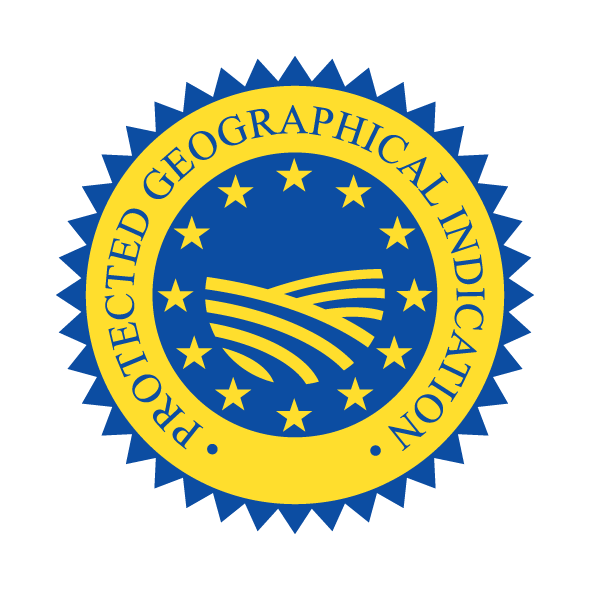Verona IGT Appellation
Protected Geographical Indication (PGI)

The first cultivations of “Vitis vinifera L.” are attributed to the Paleovenetian or Etruscan-Rhaetian civilization which flourished between the 7th and 5th centuries BC. and which persisted during the Roman domination in the current Province of Verona, in the “Pagus Arusnatium”.
The winemaking tradition of the province of Verona, also testified by illustrious DOC and DOCG which testify to the viticultural vocation of the area, is also confirmed in the vineyards and cellars of the IGT “Verona” or “Provincia di Verona” or “Veronese” historic and native vines such as Garganega and Trebbiano di Soave for the whites and Corvina, Corvinone, Oseleta and Rossignola for the reds, also the international ones are cultivated which have found excellent conditions of climate and soil here.
The geographical indication “Verona” or “Province of Verona” or “Veronese” has been used continuously by wine producers since 1977, following the EEC regulation 816/70 and the national transposition regulations which established the for the declaration, designation and presentation of wines then defined as “table wines with geographical indication”.
Territory
The geographical area dedicated to the production of IGT Verona wine extends into the hilly area of the province of Verona and covers the entire foothills, extending from Lake Garda in the west to the province of Vicenza in the east.
The Production Area of Verona IGT Wine is located in:
– province of Verona and includes the entire provincial territory.
Vinification and Aging
During the vinification phases, only loyal and constant oenological practices of the area are allowed, suitable to give the wines their peculiar quality characteristics.
The winemaking practices of Verona IGT wines include, among other things, that:
– The maximum yield of grapes into finished wine, ready for consumption, must not exceed 80%, for all types of wine.



